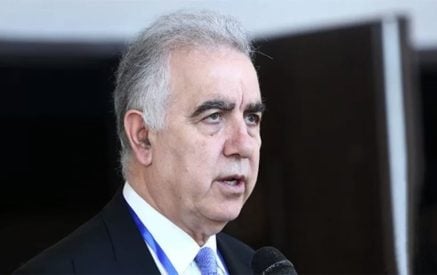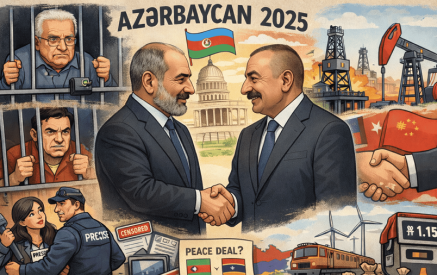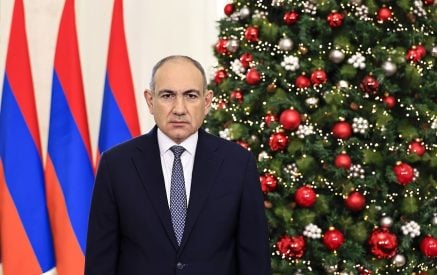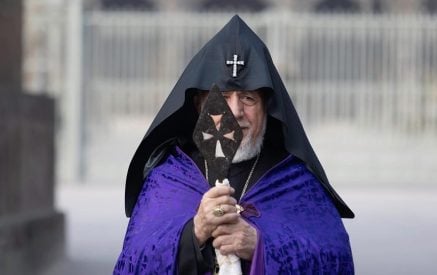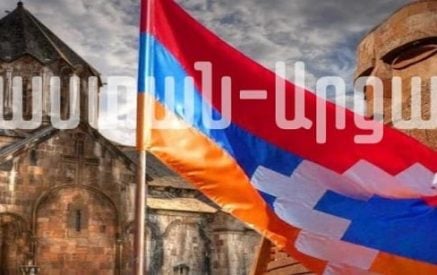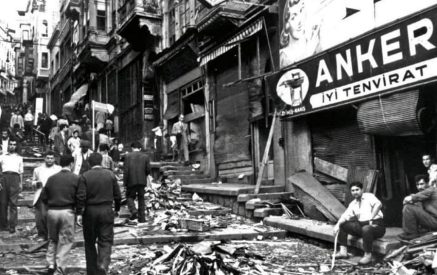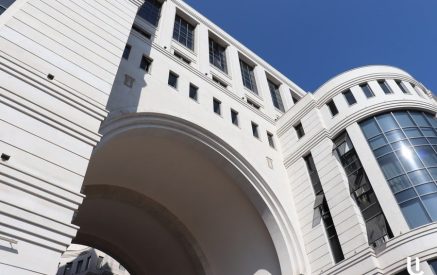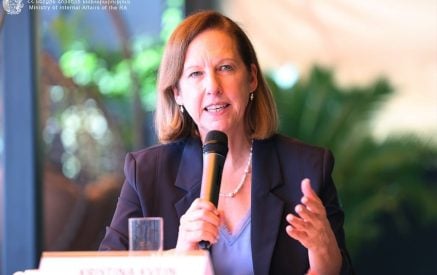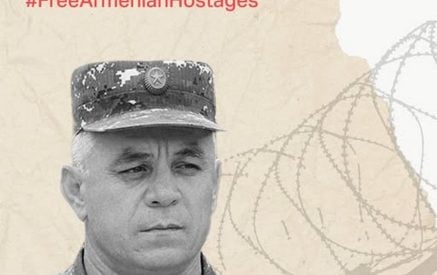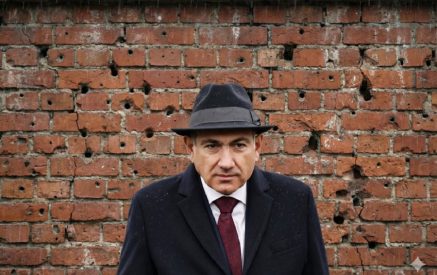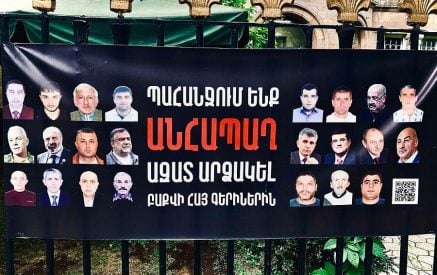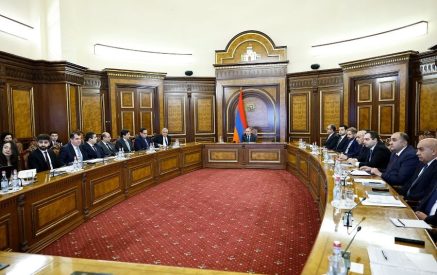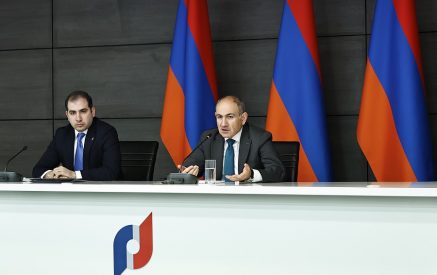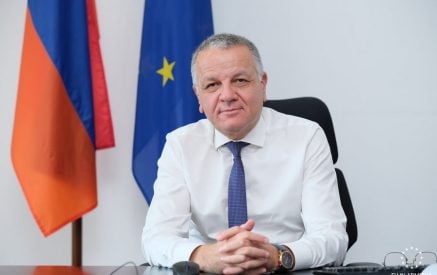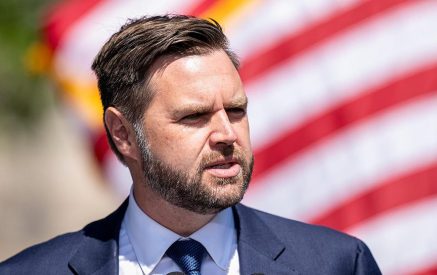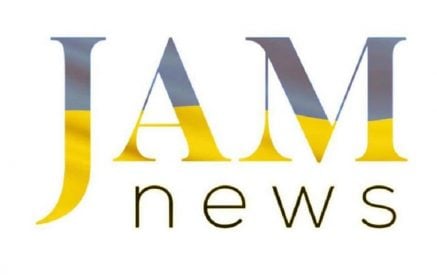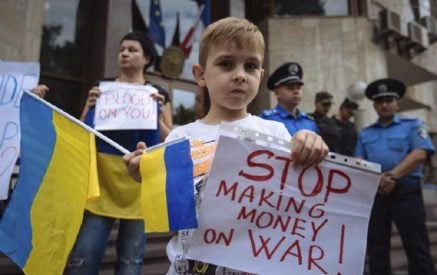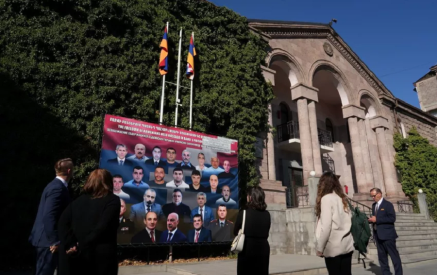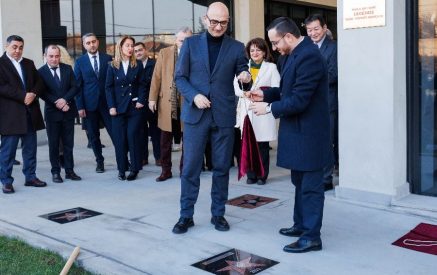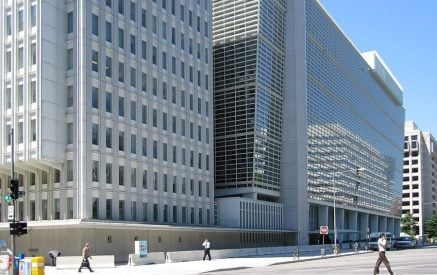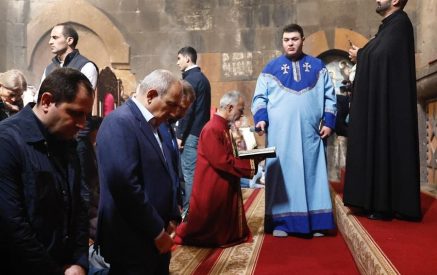Are Children Protected in Armenia?
The protection of children’s rights is prioritized globally as a reminder of the necessity for children to live under a peaceful sky. However, wars continue to increase around the globe, and violations of children’s rights, human trafficking, illegal adoptions, and organ sales remain a harsh reality. In Armenia—a country that presents itself as child-loving, where people drink toasts for children on every occasion—such issues once seemed to belong to the realm of fiction. But sadly, that is not the case.
The problem of child trafficking gained public attention in Armenia on January 10, 2019, when the Deputy Prime Minister (now the Foreign Minister) Ararat Mirzoyan raised concerns during a government meeting about the dangers of illegal adoptions and potential organ trafficking.
Following these statements, the Prosecutor General’s Office announced the initiation of criminal proceedings against Razmik Abrahamyan. Public uproar intensified after the possible death of Haykuhi Khachatryan’s child, when the parents were unable to locate their child’s body and the Republican Hospital staff refused to provide clear explanations. Neither the body nor the child was found. In Radio Freedom (Azatutyun) report, the doctor who had managed the pregnancy claimed that Khachatryan had refused to see her baby’s body and that the child had died in utero. However, Haykuhi still searches for her child, believing the baby was sold. She accuses Razmik Abrahamyan, the director of the Institute of Reproductive Health, Perinatology, Obstetrics, and Gynecology. Abrahamyan was charged under Article 167, Part 2, Clause 2 and Article 200, Clause 3 of the Armenian Criminal Code—for illegally separating or exchanging a child and for commercial bribery. Despite the charges, he remained free due to the Judge David Balayan, as reported by Azatutyun Radio on February 1, 2020.
Read also
The only public information available about the case is that Abrahamyan was not detained. The criminal case, which involves about 11 individuals, is marked as closed/classified in the judiciary’s Datalex system, and there is no public information about the proceedings. The victims and their lawyers are also in the dark. But in this case those accused alongside Abrahamyan include Anush Martiros Garsantsyan, Ani Ashot Mkhitaryan, Albert Sos Virabyan, Liana Hovhannes Karapetyan, Ida Robert Khachatryan, Razmik Arshaluys Abrahamyan, Arshak Sargsi Jerjerian, Aram Manuk Shahbaz, Kristine Zhora Narinian, Lena Hrachik Hayrapetyan and Anush Seryozha Badalyan.
Lawyer Susanna Sargsyan, who represented Haykuhi Khachatryan until 2021, believes the focus on Abrahamyan was aimed at changing the players. She insists Abrahamyan is not the only one involved—this is part of a broader, more entrenched network doing illegal deals.
According to her, around 800 parents have contacted her, and the number of actual victims is much higher. However, many do not have official victim status in the criminal case.
The former Assistant to the Minister of the Ministry of Labour and Social Affairs of the Republic of Armenia Mr. Mushegh Hovsepyan notes that what makes an adoption illegal is the absence of informed, voluntary consent from biological parents: “Parents gave up their children without knowing all the medical facts, or were denied access to this information. That invalidates the consent and makes the adoption illegal,” he said.
These cases deal specifically with such instances—not informal adoptions where families voluntarily “gift” or sell children.
Lawyer Susanna Sargsyan conducted her own investigation and sent inquiries to medical institutions: “When we inquired at Surb Astvatsamayr Maternity Hospital, we were told that sewer water had mysteriously damaged specific archive shelves. It’s implausible that only certain shelves were affected while others remained untouched,” she stated.
She also noted that people from Russia have placed orders for Armenian children, requesting specific skin color, eye color, gender, and birth dates: “We can’t narrow this just to Razmik Abrahamyan—this is a serious, well-organized black market involving powerful players. Armenian children were being sold for around €60,000 per child. A legal adoption costs around $2,000 in Armenia, so why one is ready to pay €60,000 unless the process is illegal with other causes?”
According to lawyers Susanna Sargsyan and Arayik Papikyan, the adoption system involves several links: hospitals, local government offices, civil registry (ZAGS), and courts.
The lawyer Papikyan says Abrahamyan was the first link in the chain, but he didn’t act alone. At least two other medical professionals were involved. He describes the case of Suzanna Patvakanyan, a teenager/minor who gave birth at the Republican Hospital. Her child vanished under Abrahamyan’s supervision and was later adopted. The lawyer emphasizes that Razmik Abrahamyan’s continued freedom is deeply concerning, especially given that countless unsuspecting citizens continue to rely on the services of that hospital every day.
Patvakanyan has no legal status in the case, and there’s no ongoing criminal investigation involving Abrahamyan for this incident. Her case is now with the European Court of Human Rights (ECHR).
The strange thing is that Razmik Abrahamyan has no legal status in the case of Syuzanna Patvakanyan, there are not even criminal proceedings. We heard about the high-profile criminal case, applied to be recognized as a victim, but after being questioned, Syuzanna did not receive victim status.
In 2000, when Patvakanyan gave birth, hospital records claim she signed a document giving up her child. However, the document mysteriously resurfaced 14 years later from Abrahamyan’s office drawer, raising serious questions about its authenticity.A reasonable question arises: if Syuzanna Patvakanyan abandoned her newborn child, then based on that abandonment document, the district administration made a decision to start the adoption process. If that document is a confidential document, it should have been among the adoption documents, how was that paper found in Razmik Abrahamyan’s office drawer 14 years later?
According to the lawyer Papikyan, the Ajapnyak district ZAGS and local mayor’s office played roles in issuing birth certificates and adoption approvals, as the Armenia Medical Center is located in that district: ”The head of the registry office issued a birth certificate, the administrative head of the community made a decision on adoption, and the child was delivered to the maternity hospital based on the documents from those two bodies ”.
Mushegh Hovsepyan, who worked at the Ministry of Labor and Social Affairs in 2019–2020, reviewed the criminal case in his official capacity: “The case is not about individual children—it’s about how officials and adoption agency staff received illegal payments, which is banned under the Hague Convention. The case documents show dozens of examples of illegal adoptions, but no one represents these children in court.There are dozens of examples of illegal adoptions of children in practice, but why don’t they have a representative in court, aren’t they the injured party in court, because first we need to understand who is the injured party, the biological parent, the child, or the adoptive family? In essence, all three of these parties have suffered. Involving an adopted child as a victim means revealing that he or she is adopted. By involving the biological parent, we may violate the rights of an already adoptive parent who does not want contact with their child.”
In some cases, adoptive parents and children are connected via social media, though some accounts have been deleted. In rare cases, adopted children are in touch with their biological families.
Hovsepyan explains why the criminal case is marked closed/classified in the judiciary system: “It contains personal data, so it’s marked confidential. But the lack of transparency of the state is highly suspicious.” The adoption process typically went through the hospital, the local municipality, guardianship bodies, and state ministries such as Justice, Health, and Labor and Social Affairs. Notaries, translation services, and courts also played supporting roles. While official reports mention dozens of victims, internal data suggests several hundred children were trafficked—mostly to Italy and the U.S.
Lawyer Arayik Papikyan questions that despite the explosive 2019 announcement, the Armenian government has not provided any public explanation confirming or denying the legitimacy of these cases. “Our justice system is slow, but in these cases, it’s practically non-functional.”
Attempts to contact parents for more information failed—most of them are scared and afraid of being targeted.
Lawyers insist that illegal adoptions were organized by a criminal group. Razmik Abrahamyan or local officials could not have acted alone without high-ranking officials, including ministers from Justice, Health, or even the National Security Service (NSS), must have supported or allowed this to happen.
By Tehmine Yenokyan
Sources: Azatutyun Radio, Aravot
The article was prepared with the financial support of Journalismfund Europe.






